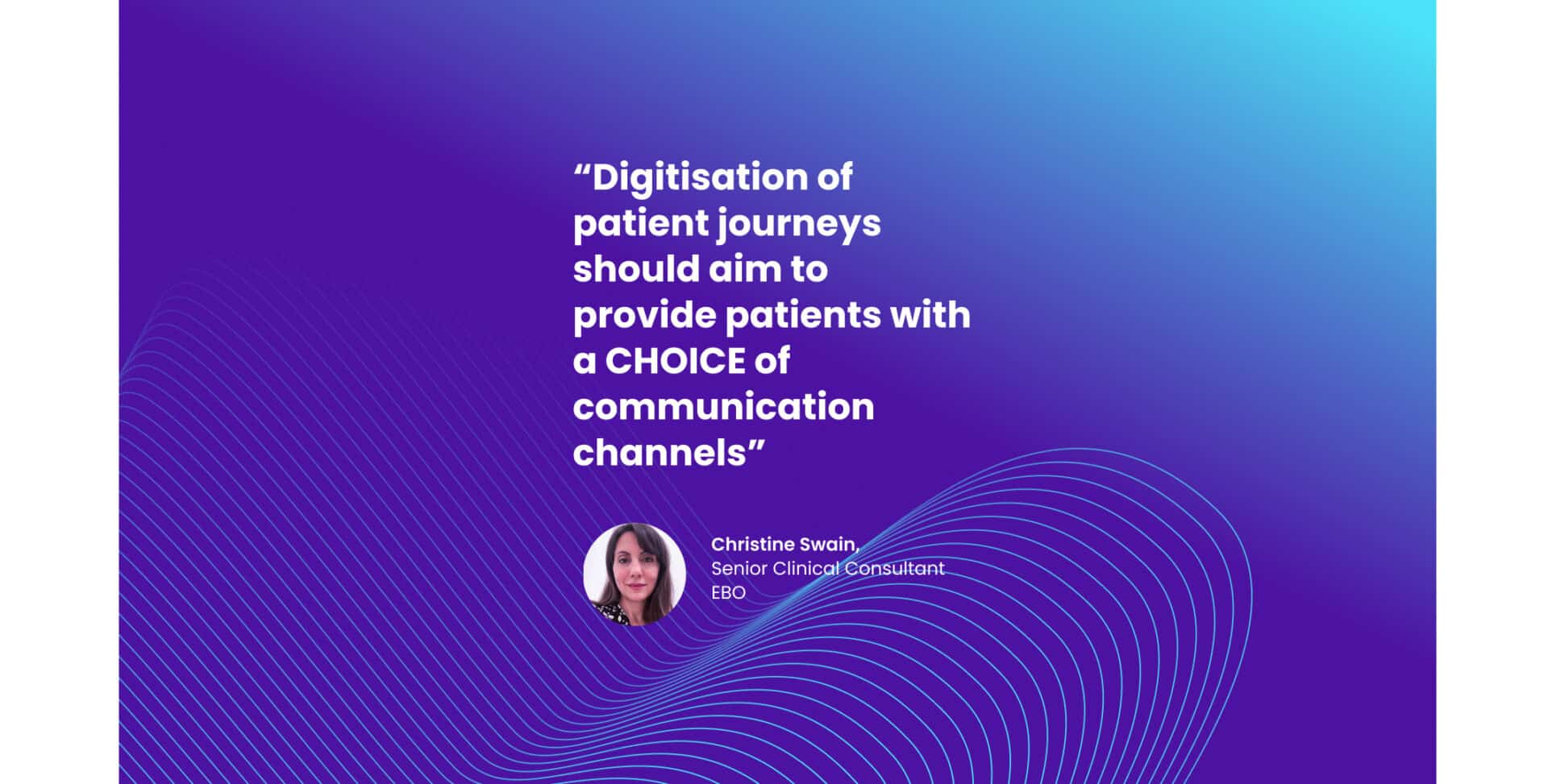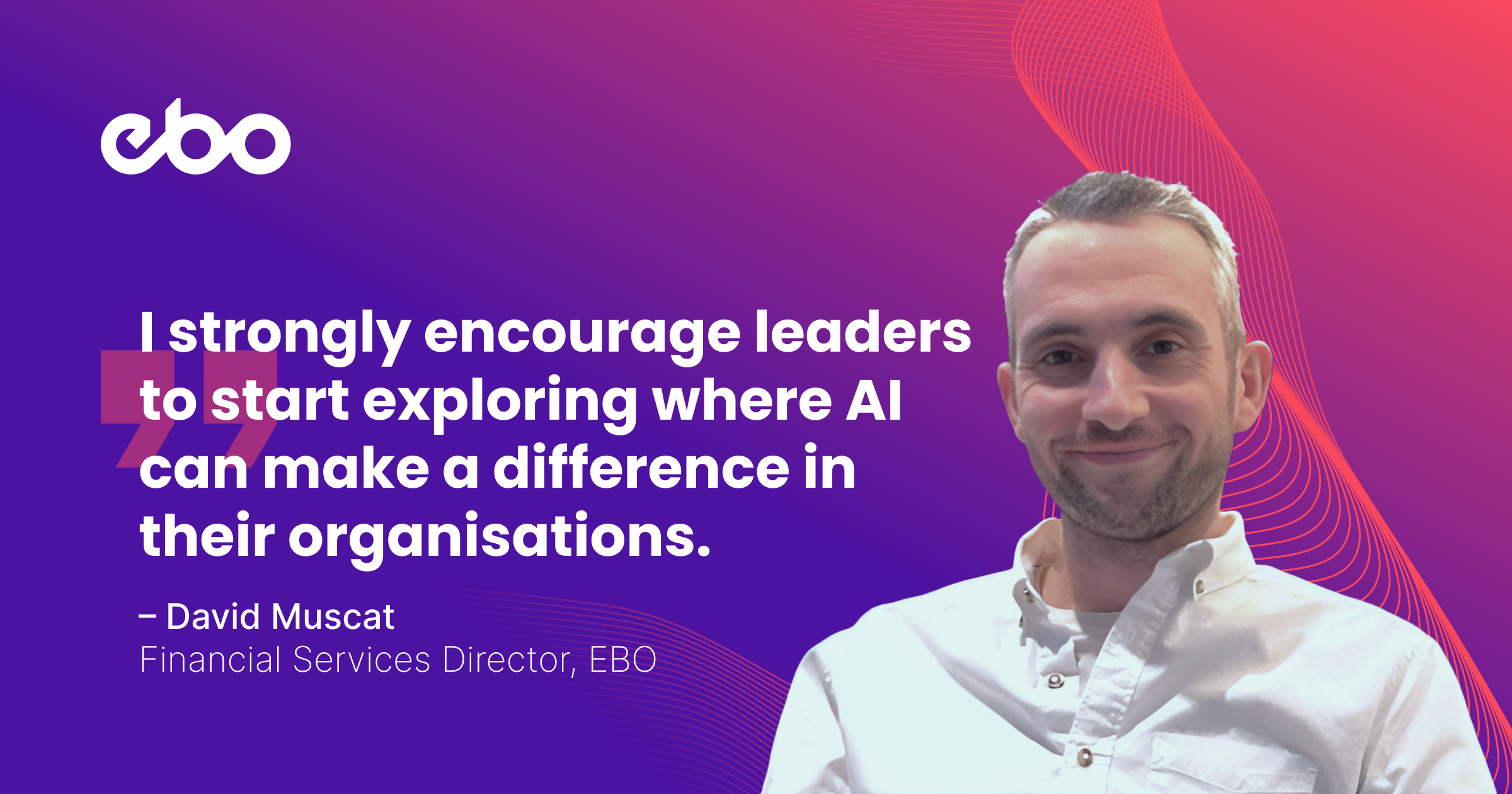A couple of decades ago it became clear that the future of healthcare records was patient held records.
Enter the patient portal!
Portals first came into use in the 1990s in the US and have since become established as the obvious next step for digitisation of healthcare organisations with electronic patient records. Putting healthcare information into patients’ hands is empowering and there is evidence that providing access to health records and allowing patients to manage their own care improves patient engagement and clinical outcomes1.
However, patients seem to be less convinced as to the usefulness of patient portals and even established portals show modest levels of patient adoption 2 . A review of the research on patient portals in the US showed that while controlled research cohorts can achieve an uptake of 71%, but real-world adoption rates were very different, averaging just 23% 3. The patients’ ability to use the technology is mentioned as one of the main barriers to adoption4.
In the UK, the longest established patient portals are those provided by GPs in primary care. GPs have been providing patients with some level of online access to their records and booking services since 2014/15 and have achieved reasonable levels of patient adoption particularly since the recent integration with the NHS App. However, recent data (Feb 2023) shows that, while almost 43% of England’s GP registered patient population is enabled for self-scheduling (bookings and cancellations), less than 3% of GP appointments were booked online5.
So why are patients not engaging?
To start with, it is still not possible to have all of one patient’s record in one portal so patients have to contend with multiple portals and online systems to stay on top of their appointments and care; one for their GP, one for their long-term condition, one for their local hospital, another for their rehabilitation. While integrated care boards have made great strides in information sharing among healthcare professionals to improve clinical care, patient access to their own appointments and data is still fragmented particularly across health and social care.
As we look for suitable alternatives to a Utopia where all patient data, results and appointments are held in one repository containing complete records that all clinical staff and the patient have access to, what can be done to improve patient experience and outcomes? Even if this were a reality, some patients would still not have the skills, equipment or internet access to benefit.
The answer is probably not one solution to fit all patients but a choice of solutions to meet differing patient needs and abilities. Healthcare providers need to better understand the different groups of patients that they serve – their technology skill level, their access to equipment, their physical and mental capability and also their attitude to technology.
Portals do have a place, particularly for those patients with sufficient digital skills and multiple long-term conditions. However, to be of use, solutions must be able to integrate with other systems so that the patients are able to access their information in one place.
The NHS App is making headway in this direction. Access to GP records and e-Referrals is already available and this is being extended to secondary care for some portal providers. However, it is still just one tool.
Other communication solutions such as intelligent chatbots can help bridge the gap by providing an interface that requires patients to have very few digital skills. These can be used to confirm appointment information, manage bookings, provide consent and information to clinicians on demand as well as retrieve information from multiple systems to help patients manage their own care pathway.
Of course, there will always be a proportion of patients for whom the most accessible technology remains picking up the phone. Technology should not be replacing that but digitisation of patient journeys should aim to provide patients with a CHOICE of communication channels, so that the most precious resource of all, administrative and clinical staff, is freed up to support those patients that really need it.
Want to find out more about how your Trust can benefit from greater patient choice and transform patient pathways? Book a chat with one of our AI healthcare experts here. We look forward to speaking!
___________________________________________________________________________________________________
References
- Patient empowerment through online access to health records | The BMJ
- A Snapshot of Pros and Cons of Patient Portals (folio3.com)
- Patient Portal Adoption Rates: A Systematic Literature Review and Meta-Analysis – PubMed (nih.gov)
- Journal of Medical Internet Research – The Impact of Digital Patient Portals on Health Outcomes, System Efficiency, and Patient Attitudes: Updated Systematic Literature Review (jmir.org)
- GP_Enhanced_APPT_Publication_February _2023.xlsx (live.com) Patient Online Management Information (POMI) – NHS Digital
Other References
Microsoft Power BI gp data 2023
Patients’ access to health records | The BMJ
Patient access to electronic health records: Differences across ten countries – ScienceDirect



